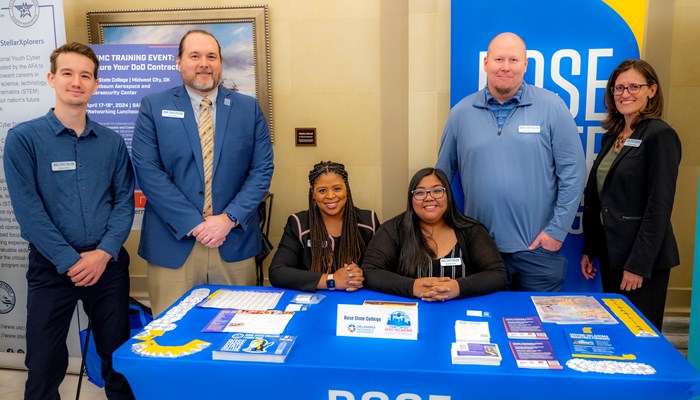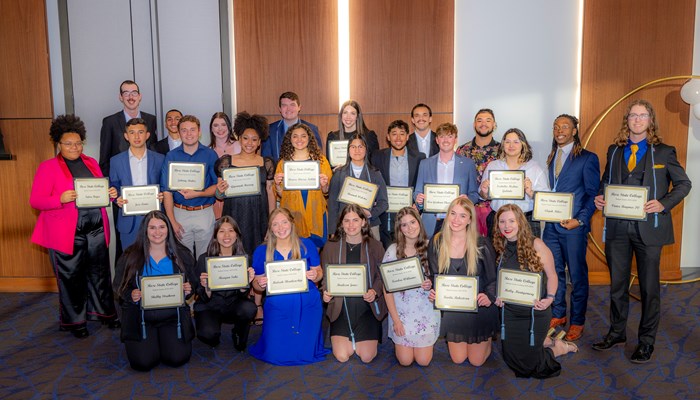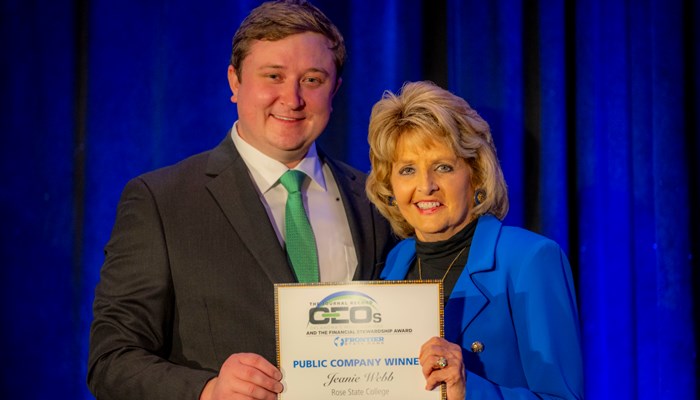The Smart Case for Taking the Community College Route Published November 29, 2017 by Michaela Marx Wheatley, NewsOK
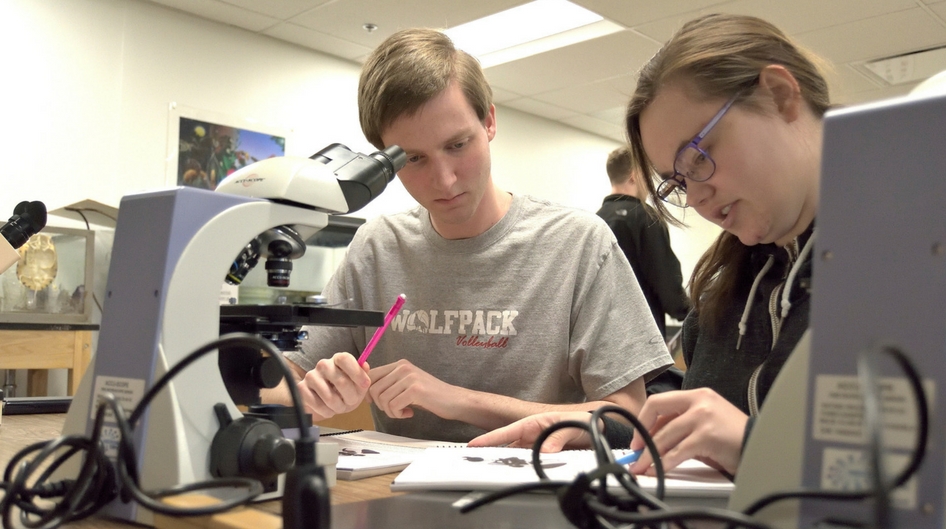
Luke Hodges’ road to Harvard Business School didn’t start at a large research university or elite college, but right here in Oklahoma at Rose State College.
Hodges, who is expected to graduate from the prestigious business school in 2018, said starting out at a community college was a no-brainer.
“It was accessible and I wanted to get my college education. It was accessible by location – I lived on the west side of town - but also financially accessible,” he said.
Moreover, it allowed him to both study and work.
“I felt the teachers wanted me to learn and that the school took time to create schedules that would work for students that were working like I was,” Hodges said. “It was just a really good fit for where I was at the time.”
He earned his business associate’s degree, transferred to the University of Oklahoma, and through U.S. Navy educational program, he could attend Harvard.
“It is mind-blowingly great,” he said about Harvard. “Coming here I didn’t know if my educational background was an issue. But they never questioned it.”
And academically he was prepared for the big leagues.
“I was definitely ready for it,” he said. “I learned to enjoy learning through the environment I was in at Rose State. I am super-grateful for schools like Rose State. I don’t know how I would have gone from where I was at the time to where I am now.”
Once community college was a back-up plan. However, as prices for universities have risen and community colleges expanded their offerings, attitudes have been changing. Today, community college enrollment is increasing exponentially at schools across the country, while four-year institutions have seen stagnant growth. Seems as if community college students are on to something.
Cost
According to the American Association of Community Colleges, the average yearly cost of tuition and fees for community college students in the U.S. is $3,347, compared to an average cost of $9,139 at four-year institutions.
“A college education doesn’t have to break the bank. At Rose State, we offer the courses you need to take the next step in your career without taking on loads of debt,” said Steven Daffer, director of Financial Aid at Rose State College.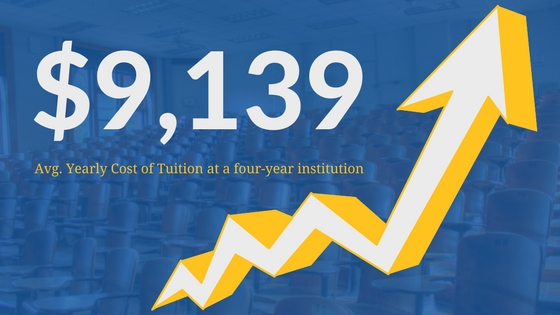
In addition, colleges like Rose State College also offer financial aid and scholarships. In fact, 76 percent of Rose State students are receiving some financial assistance.
Tuition aside, community colleges offer several benefits.
Class sizes and community
Many freshman classes at a big university are very large and overwhelming.
“I am from Norman, and the University of Oklahoma is five minutes from me. But it didn’t feel I would fit in there as much. When I took the tour at Rose State I felt like it was my college home,” said Adrianna Rogers, a Rose State nursing student and graduate of Norman High School.
She likes the affordability, small class sized and accessibility of her instructors and support staff.
“Even though it is a 45-minute drive I would make the same choice again,” she said.
Community colleges generally offer smaller class sizes. In a smaller group, professors have the chance to learn more about their students. And students will find their instructors to be more accessible and can get assistance when they need it.
High quality programs
Community college education does not mean second-class education. Rose State is home to a state-of-the-art cyber security, and top programs in paralegal, dental hygiene and nursing – among many others.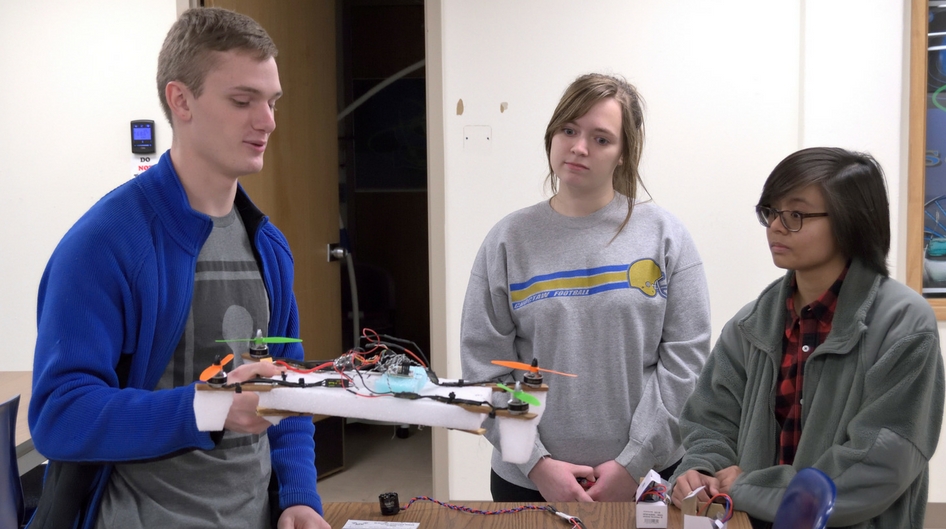
Most recently, Rose State College and the University of Oklahoma have been awarded an $800,000 Advanced Technological Education grant from the National Science Foundation for the development of Unmanned Aerial Systems curriculum. Through this collaboration, the two institutions will work to develop an experiential learning based educational program at Rose State College that will train future workforce employees in the design, maintenance and use of UAS, more commonly known as “drones.”
Seamless Transfer
Debra Davis, an Oklahoma City marketing professional and Rose State graduate, attended Rose State initially because she could take advantage of the Ticket program, a scholarship and gap funding option available to high school students at Carl Albert, Choctaw, Del City, Midwest City and Star Spencer high schools. But it paved the path to her 4-year-degree.
“Small class sizes are a huge bonus and all of my credits transferred to UCO,” said Davis said.
Most community colleges have agreements with certain four-year colleges that permit the students to transfer their credits. This allows students attending community colleges to take all the necessary courses they need to stay on track to earn a bachelor’s degree at a four-year university.
Not everybody needs a 4-year degree
Oklahoma needs skilled workers, but not everybody needs a 4-year-degree to find success. Nearly 30 percent of Americans with associate’s degrees now make more money than those with Bachelor’s degrees, according to Georgetown University's Center on Education and the Workforce.
The community experience even feels more like the traditional 4-year university. Rose State College, for instance has competitive athletic programs, and even onsite housing.
“If you're just starting your college career and need an affordable way to get started or come back to college we can help you work toward your associate degree before transferring to earn a bachelor's. We are always willing to help,” said Alicia McCullar, director of Student Engagement. “If you're a working professional who needs additional training that can fit into your busy life, we can help. If you’re an adult coming back to finish a degree or brush up on a subject, we can help. Want to do it all online — we'll help put together that schedule. And if you're wondering how to make it happen, we'll help with that, too.”
For more information, visit www.getstartedatrose.com.
